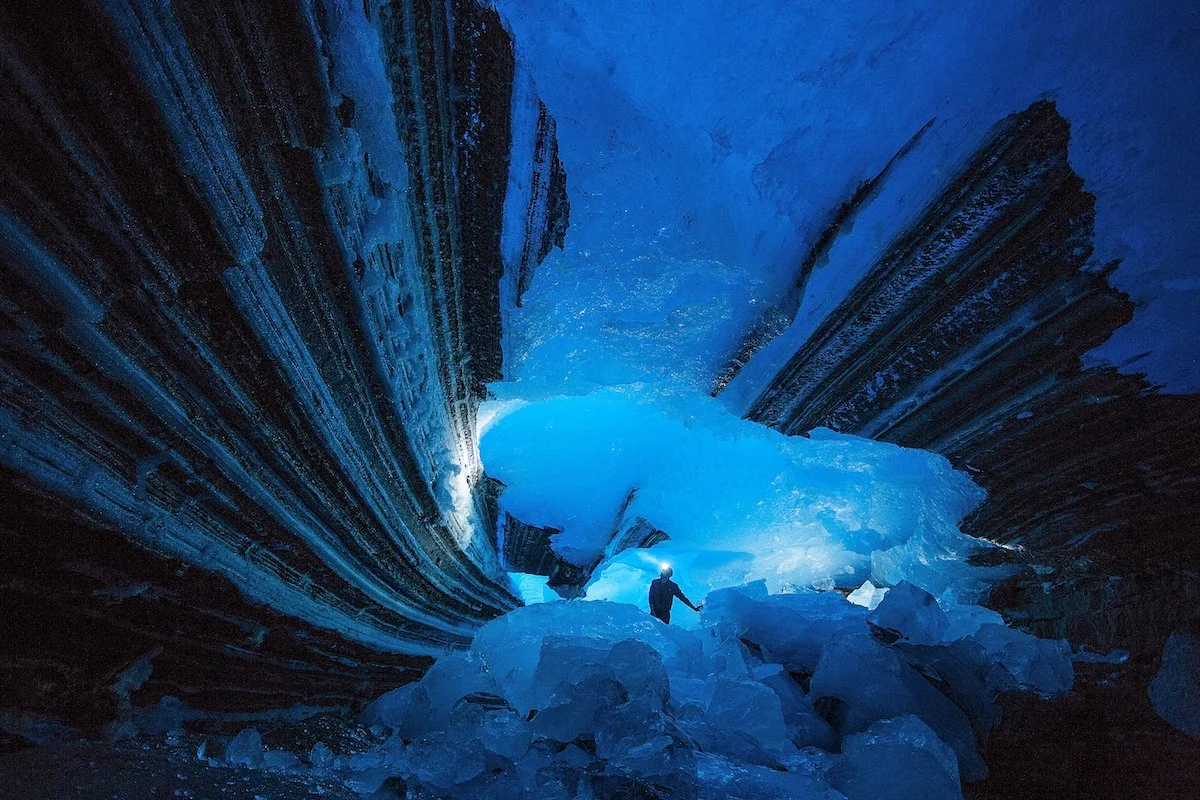I’ve been photographing ice since the very early stages of my career. Whether glaciers, ice caves, frozen lakes, or mountaintops, I would continuously find myself drawn to cold landscapes in search of ice in its many forms, textures, and hues. Icescapes are among the most dynamic, visually exciting, and rewarding places a photographer can document. But as I spent more time shooting ice, it became apparent that I was capturing something that is vanishing.
As global temperatures rise, we risk the melting of our polar regions and glaciers. Beyond the long-term human and environmental consequences of melting ice, the loss of these frozen landscapes also signifies the loss of a unique and powerful experience. I realized that my calling as an artist is to document and celebrate ice before it disappears. It’s my responsibility to bring the beauty and mystery of these foreign, enchanting worlds to as many people as possible.
This realization led to the launch of my latest project, Cryophilia.
This project has been met with support, positivity, and much curiosity, so I thought I’d take the opportunity to answer some frequently asked questions.
1. What is Cryophilia?
Cryophilia is an effort to document the rapid changes in glaciers and to celebrate the beauty of glacial ice in Canada and around the globe.
2. How/when did the Cryophilia project start and how did it get its name?
“Cryophilia” comes from ancient Greek meaning “frost loving.” Cryophiles prefer or thrive at low temperatures. I’ve always been drawn to photographing ice, cold places, and the high latitudes and have spent countless hours documenting glaciers ever since I started my journey as a photographer. Cryophilia is a personal commitment to investing a lot of my time and energy as an artist over the next several years to bring to light the changes that are happening in glacial environments and also the incredible beauty of these inhospitable locations.
3. What does the next phase of this project look like?
Over the next few years, I plan to focus a vast portion of my attention and efforts on collecting images from glacial environments, both here at home in the Canadian Rockies and abroad, and bring the photographs to the world. I believe photography has the power to stir up emotion, generate awareness and incite change when other means of communication fail. Eventually, my hope is to convey my findings in a cohesive way through the creation of a book and the presentation of an exhibit.
Ice cave explorations in the Canadian Rockies.
4. What is it about ice that intrigues and inspires you so much as an artist?
For one, there are the aesthetics: I never cease to be amazed by the multitude of shapes, forms, colours and textures a simple compound like ice can display. The possibilities appear infinite. As an artist, I find that ice renews itself and presents itself differently on every new exploration, which keeps the creative process exciting.
The other reason I am fascinated by ice, particularly glacier ice, is that it is becoming rarer, more precious — and it is becoming so at an alarming rate. The changes happening in glaciers worldwide warrant me to document them with urgency. Photography is the perfect medium to record what is occurring in these extremely dynamic environments.
5. What are some of the challenges that this project poses?
Accessing glaciers takes time, and so I expect time to be one of the key limiting factors in this project will be finding the time to visit those places repeatedly. Glaciated areas are characterised by the likelihood of inclement weather, which can make the photography process tedious at times.
6. What are you learning from this project?
I am more and more aware of how fast the ice is vanishing, and of the ramifications of that loss. Beyond the long-term human and environmental consequences of melting ice, for me the loss of these frozen landscapes also signifies the loss of a unique, powerful experience. The stillness and silence of cold places are humbling and wonderfully eerie; they are among some of the most magical on Earth.
7. What do you hope other people learn or consider when they encounter your project?
I sincerely hope that people develop an appreciation for how special, stunning and unique these environments are, and also how fast they are vanishing, on a timescale that we can relate to.
“Icicle Hollow” - Banff National Park, 2022.
8. Tell us the story behind one of the limited edition images in your growing Cryophilia collection.
The above photograph is an example of the fleeting, fascinating features I regularly come across on my visits to the local glaciers. I spotted a small opening in a cornice while wandering along the edge of the Columbia Icefield, and allowed my curiosity to get the best of me. Upon closer inspection, the hole opened onto a small, but stunning crystalline chamber within the glacier. At the end of the room, icicles dangled from the ceiling, shining brightly against the blue walls beyond. Those are beautiful, intricate features that only exist for a few days at most, and they are findings I enjoy sharing with the world, in the hope that they elicit a response to care for these places.
9. How can people support this project and your mission?
I encourage people to look at the images and let themselves be amazed by the diversity, dynamism, and beauty of those underdocumented environments. Let me know how the images make you feel. And develop an appreciation for glacial environments.
Keep following the project:
Official Cryophilia page: https://www.zizka.ca/cryophilia
Project News: https://mailchi.mp/zizka/cryophilia



